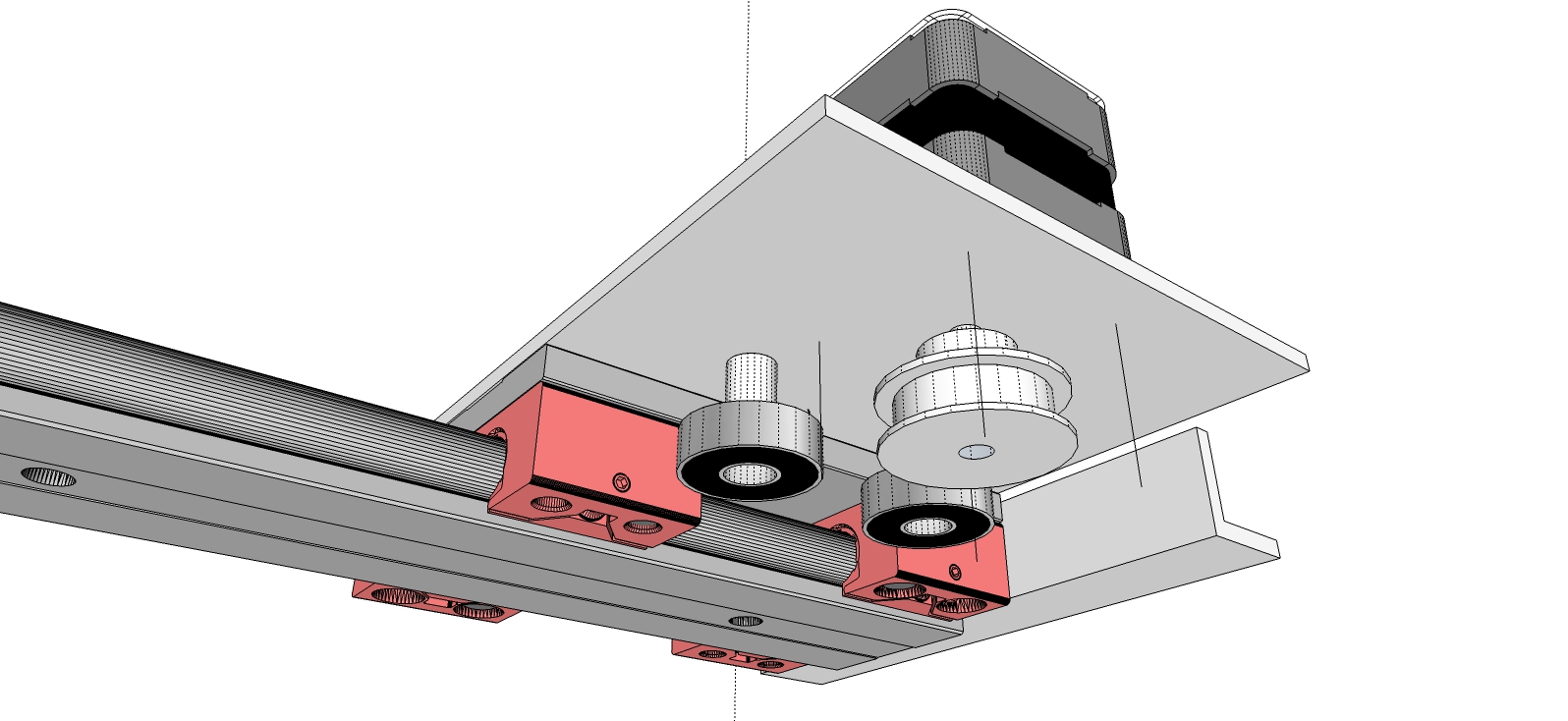
Arduino Powered igus DryLin Camera Slider
I enjoy the technology of photography as much as I enjoy the process and the results. I think this actually limits the quality of my photography because I don’t have as many brain cycles for thinking about the image.
This post shows some of the details of another example of this. Camera sliders are becoming very popular and much more common for hobbyist photographers like myself. There are lots of different sliders designs and products available online and at your local photography store. Some are as simple as a few pieces of pipe from the hardware store, others can be considerably more complex and made of carbon fiber or integrate other features.
I’m taking a not uncommon approach of making a home brew setup with some decent, but readily available parts:
- Igus DryLin W1040-A Linear Guide Camera Slider
- Arduino Uno R3 (Atmega328 – assembled)
- Adafruit Motor/Stepper/Servo Shield for Arduino v2 Kit – v2.0
- Stepper motor – 200 steps/rev, 12V 350mA
- Aluminum GT2 Timing Pulley
- Timing Belt GT2 Profile – 2mm pitch – 6mm wide 1164mm long
- LCD Shield Kit w/ 16×2 Character Display
The igus DryLin slider by itself will do very good stable slides. I purchased the model that does not have any threaded holes, so one of the first steps was to drill and thread some 1/4″-20 holes into each end and in the middle to attach a tripod as required, and also in the ends of each rail so I could attach brackets and also prevent the dolly from sliding off the end.
The Arduino will control the stepper motor, and also trigger the camera in order to be able to have sliding time lapse shots. It could also theoretically perform an power slide, but I don’t think that is actually of all that much use when doing it by hand yields good results without the complication of the electronics.
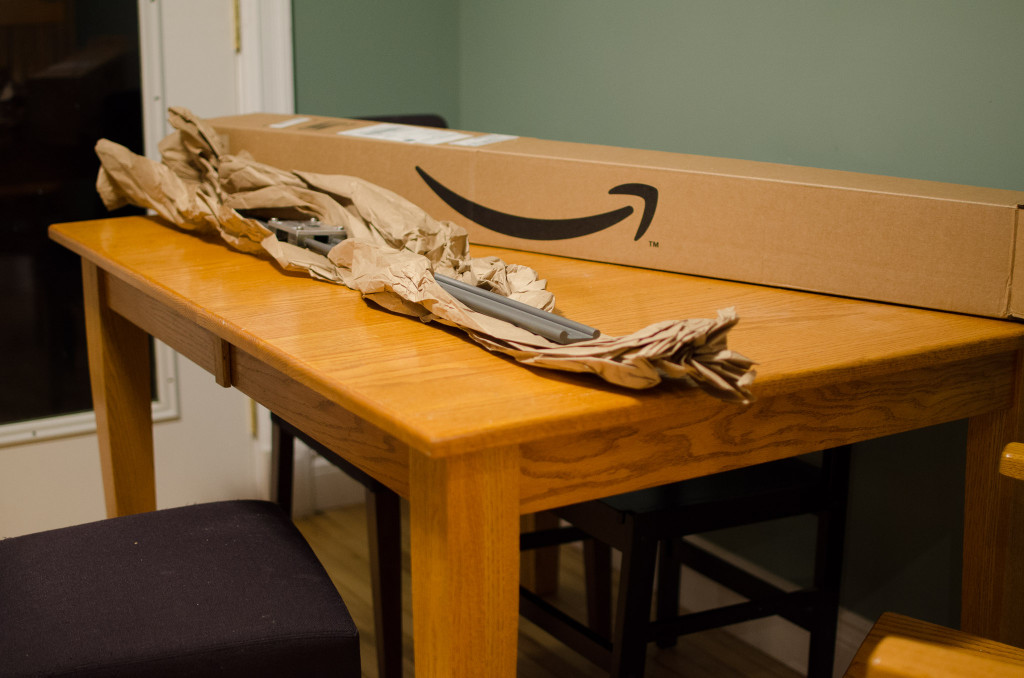






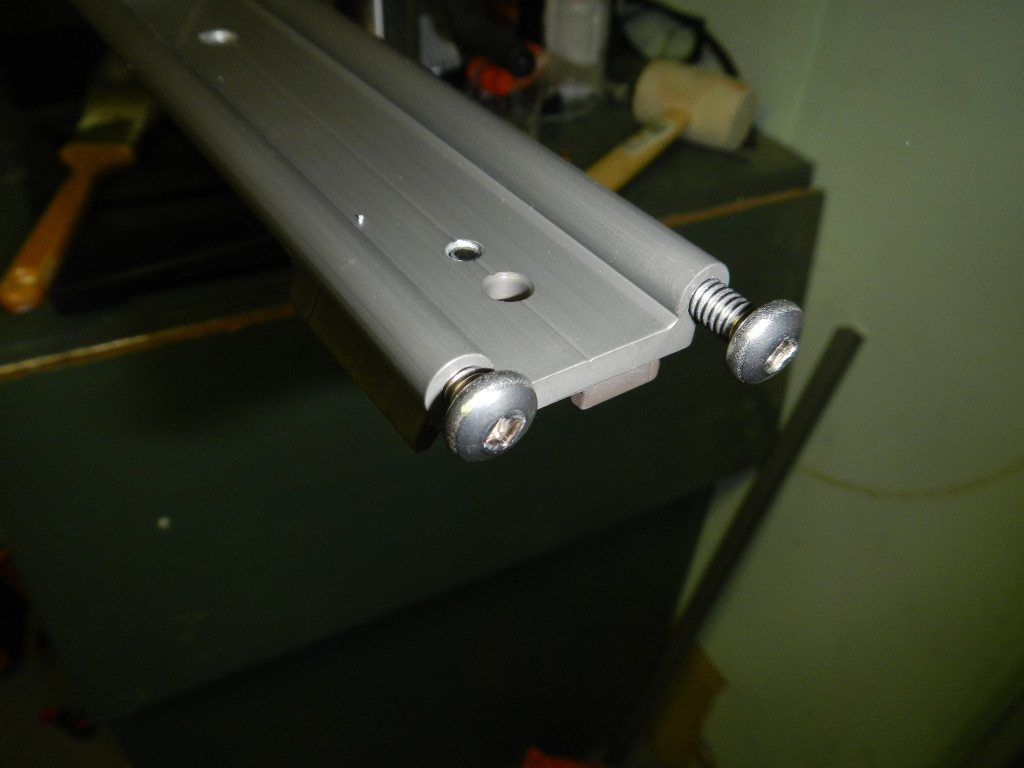



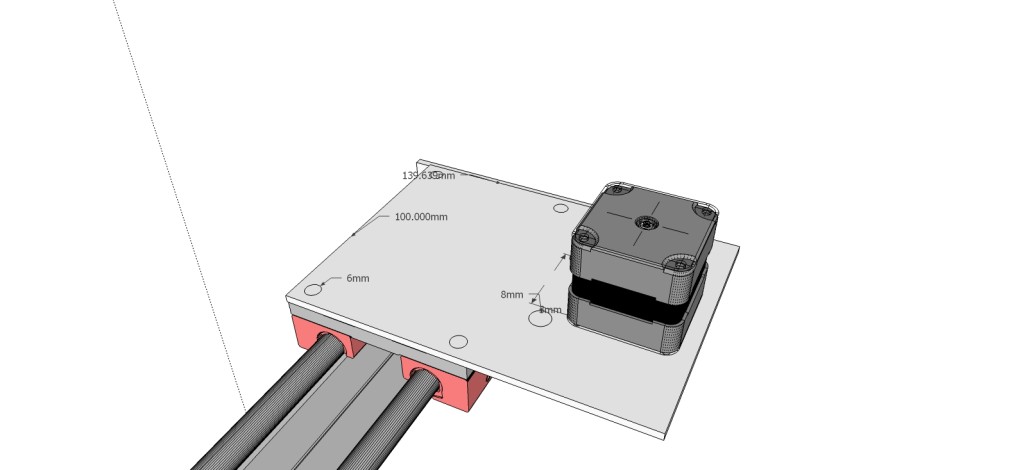

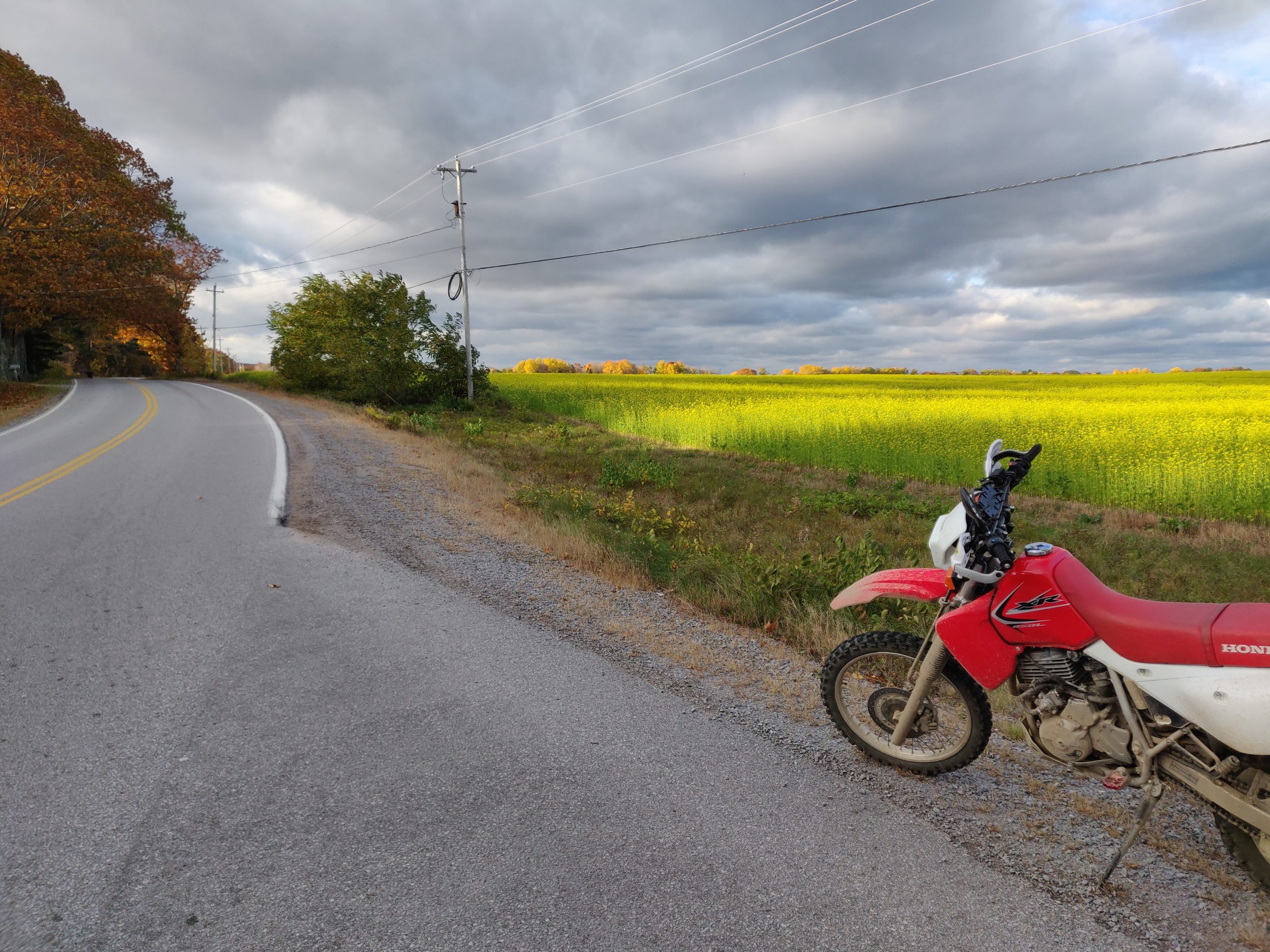

Brian Adams on Facebook
looks great,smooooth as LJ would say.
Joe Adams on Facebook
I made the base out of plastic to test my template. Stepper seems to handle the slider, but I do need to figure out a nice way to house the electronics, and perhaps quick release the entire slider base so I can take it off if I just want to use it as a normal slider.
Brian Adams on Facebook
makes sense, I have plexi here, not a lot of load on it, should be fine.
Brian Adams on Facebook
mount elec under slider, or above with plate on top to hold camera
Joe Adams on Facebook
I as thinking I could extend the plate on the opposite side as the motor, and put the processor and battery on that side to balance it with no camera….
Tim L'Esperance on Facebook
Cool rig… I’m no programmer but may need a hand setting up a zoom control and trigger for a DSLR in the new year. Do you have some ‘project time’?
Joe Adams on Facebook
Sounds like fun Tim
Tim L'Esperance on Facebook
I’ll give you a heads up the next time I’m around or stop by the office on lunch someday!